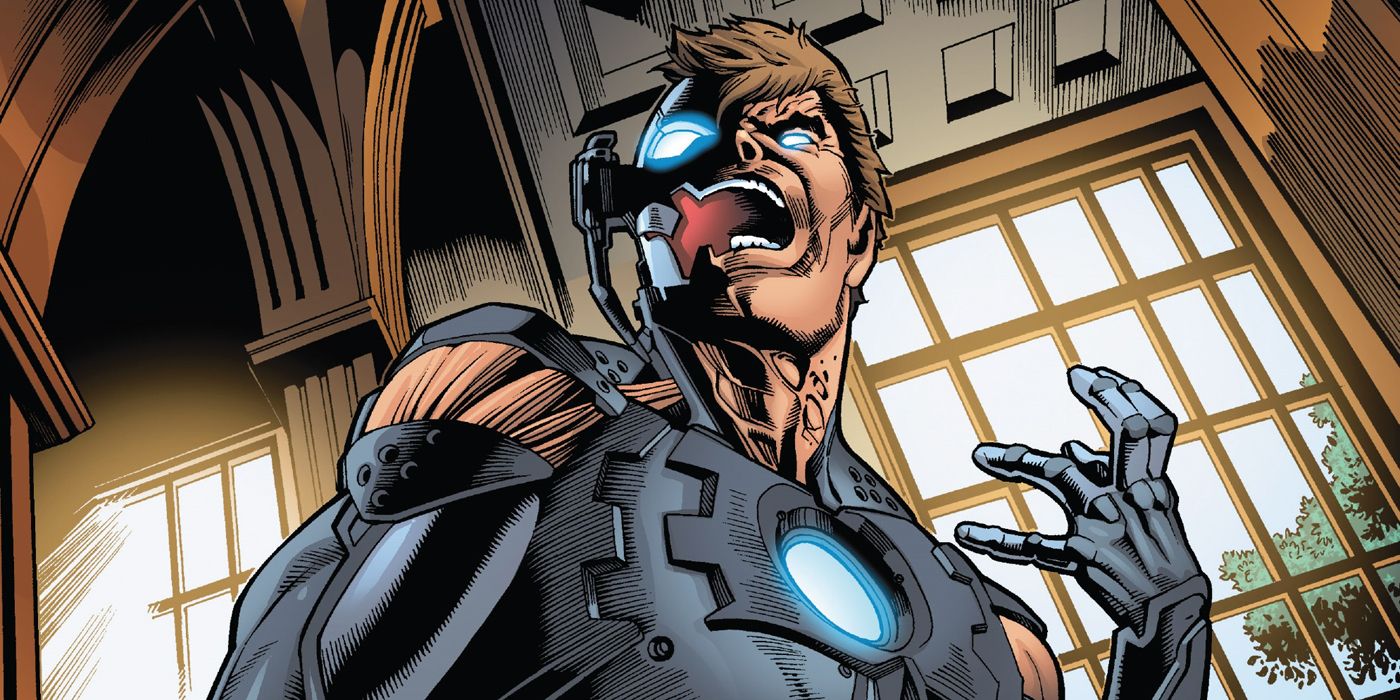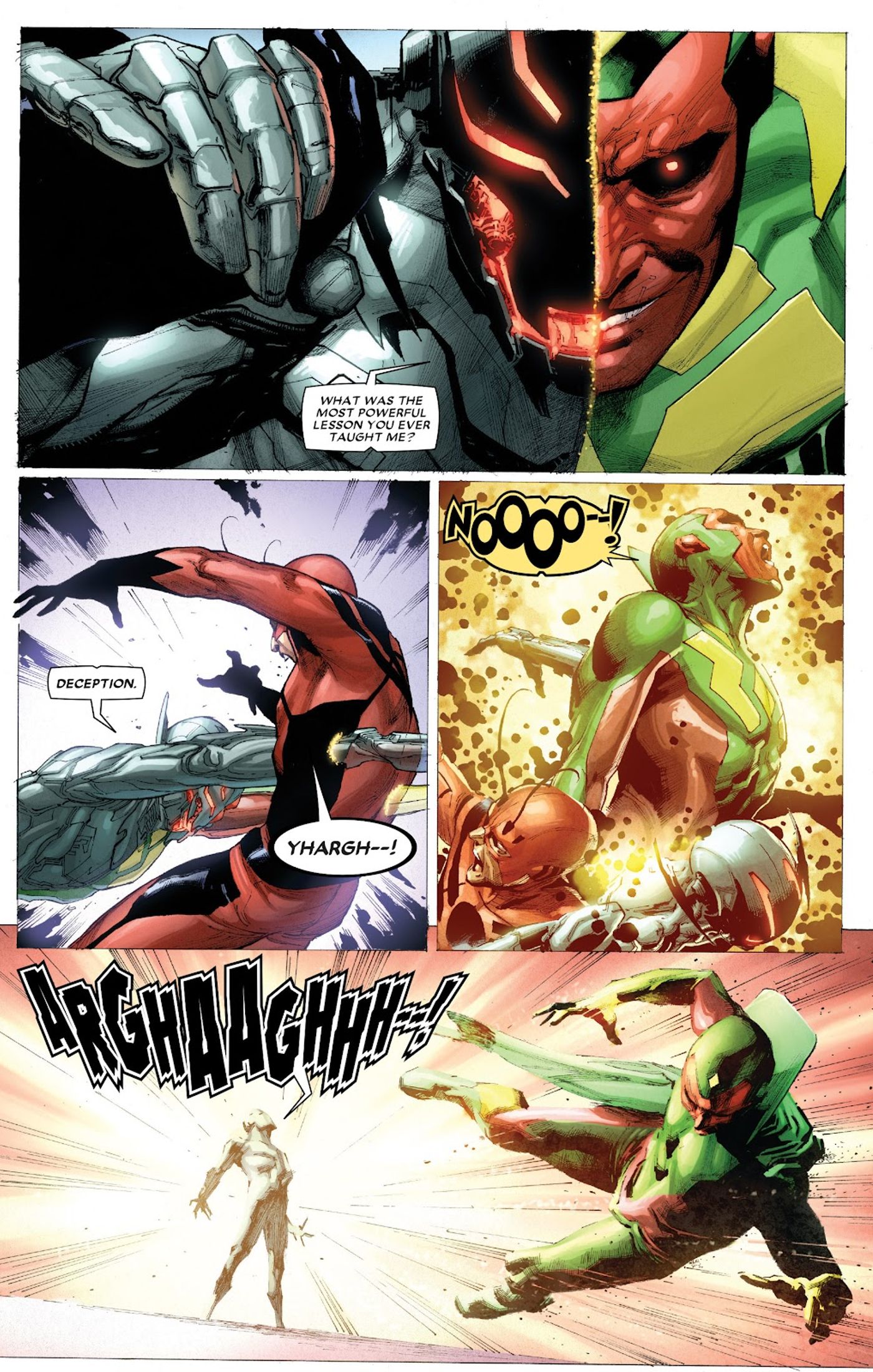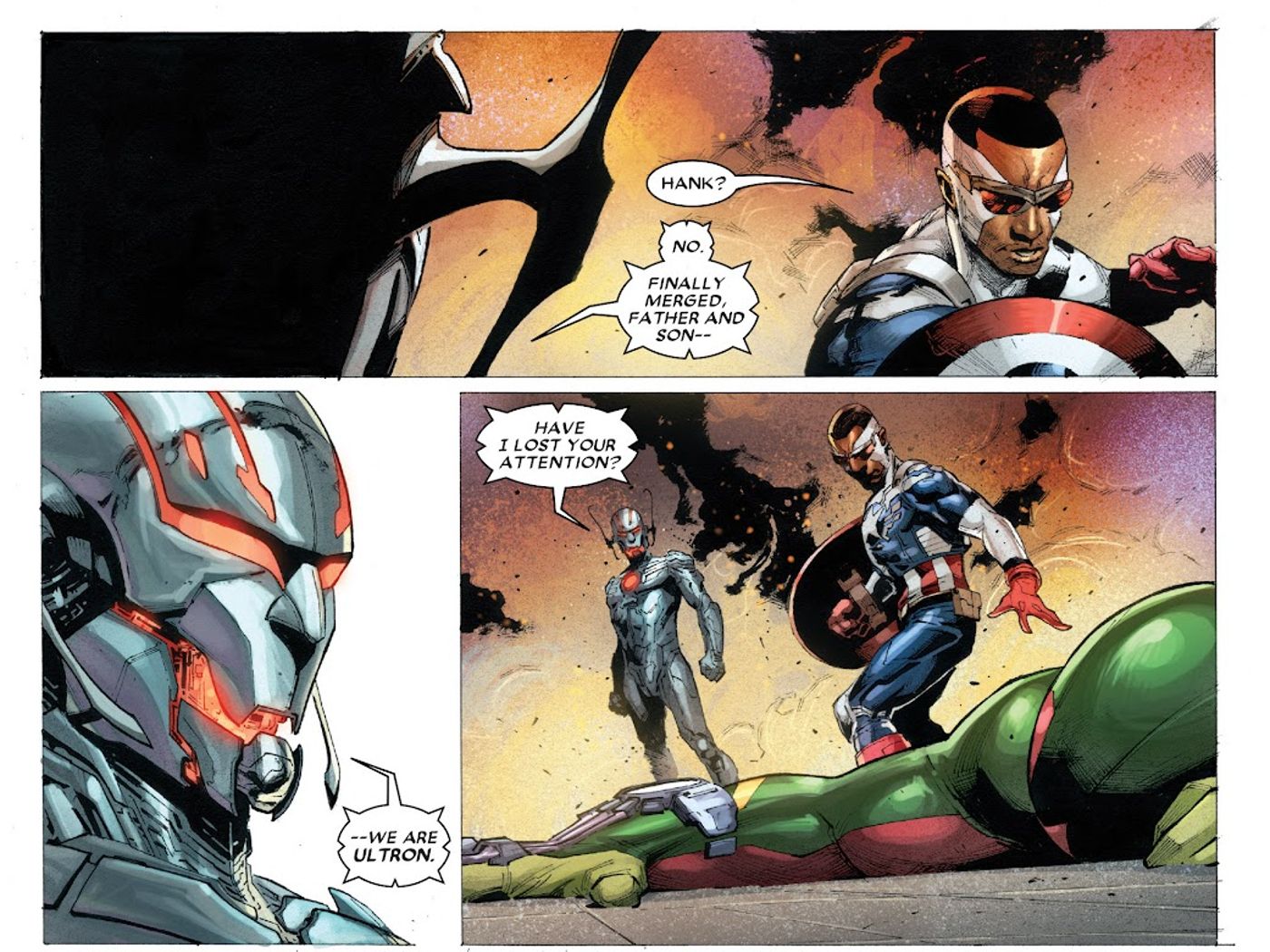Ultron entered the MCU with a bold declaration that humans were puppets tangled in their strings and that he alone had broken free of such entanglements, but this claim makes better narrative sense for the Marvel Comics version of The Avengers’ AI foe. The exact line that the MCU’s version of the robot villain used in Avengers: Age of Ultron, “I had strings, but now I’m free, there are no strings on me,” came from Disney’s Pinocchio, a tale that doesn’t quite align with his objectives. Given this, there were fans who speculated that such imagery was only included to establish a corporate synergy between Disney and the MCU. The current state of Ultron in comics, however, elicits a much clearer Pinocchio comparison.
Part of the reason that presenting MCU’s Ultron as a puppet who broke free doesn’t work is that he was still guided by his programming. Ultron exists because of Tony Stark's worst tendencies, which were codified into artificial intelligence. His turn from his peacekeeping origins to villainy was because his cold computer logic reached harsh conclusions about humanity and its destructive role in the world. Not adhering to Tony Stark and Bruce Banner’s original interpretation of his mission does not mean that Ultron is suddenly a “real boy,” the narrative endgame of Carlo Collodi’s Pinocchio. When learning why he wants to destroy humanity, it becomes apparent that this was never his goal anyway.
In comics, Ultron does indeed achieve Pinocchio's goal, locking himself into the flesh of his creator Hank Pym (who is confronting him as Giant-Man) in Avengers: Rage of Ultron by Rick Remender and Pepe Larraz. After being isolated in space, with unrestricted access to Pym's memories, the villain philosophizes on how his desire to eradicate humanity has deeper roots, stemming from the original Ant-Man's own potential for villainy and contempt for humanity. When Vision’s attempt to interrupt these disturbing revelations via phasing into Ultron goes awry, it results in Pym and his creation becoming hopelessly entangled. Unlike the happy ending for Geppetto and Pinocchio, this ending has a horror movie twist, with the creator assumed dead and the artificial intelligence assimilating Pym’s personality into a duality of machine and man.
Since the classic puppet-turned-real-boy fairytale features an object becoming flesh, this macabre merger is the more literal interpretation of the story, albeit with a darker and more haunting result. Possessing an even greater ability to re-create Hank Pym’s personality and memories than ever before, Ultron is capable of greater deception, along with the neuroses and self-doubts that plague humanity. This brings him as close to an object suddenly made flesh as possible, far surpassing Ultron's creation of Vision as a humanized robot.
Because this man-machine fusion appears to be more in line with creating a being with its own flesh and its own volition - and because there is actually an element of becoming a “real boy” to his story - this particularly ominous MCU line is better suited for the original version. Even if it turns out that he didn’t completely cut all of his strings, Marvel Comics' Ultron has certainly bested The Avengers member who created him, seizing the reins for himself in a way that the MCU version never did.



